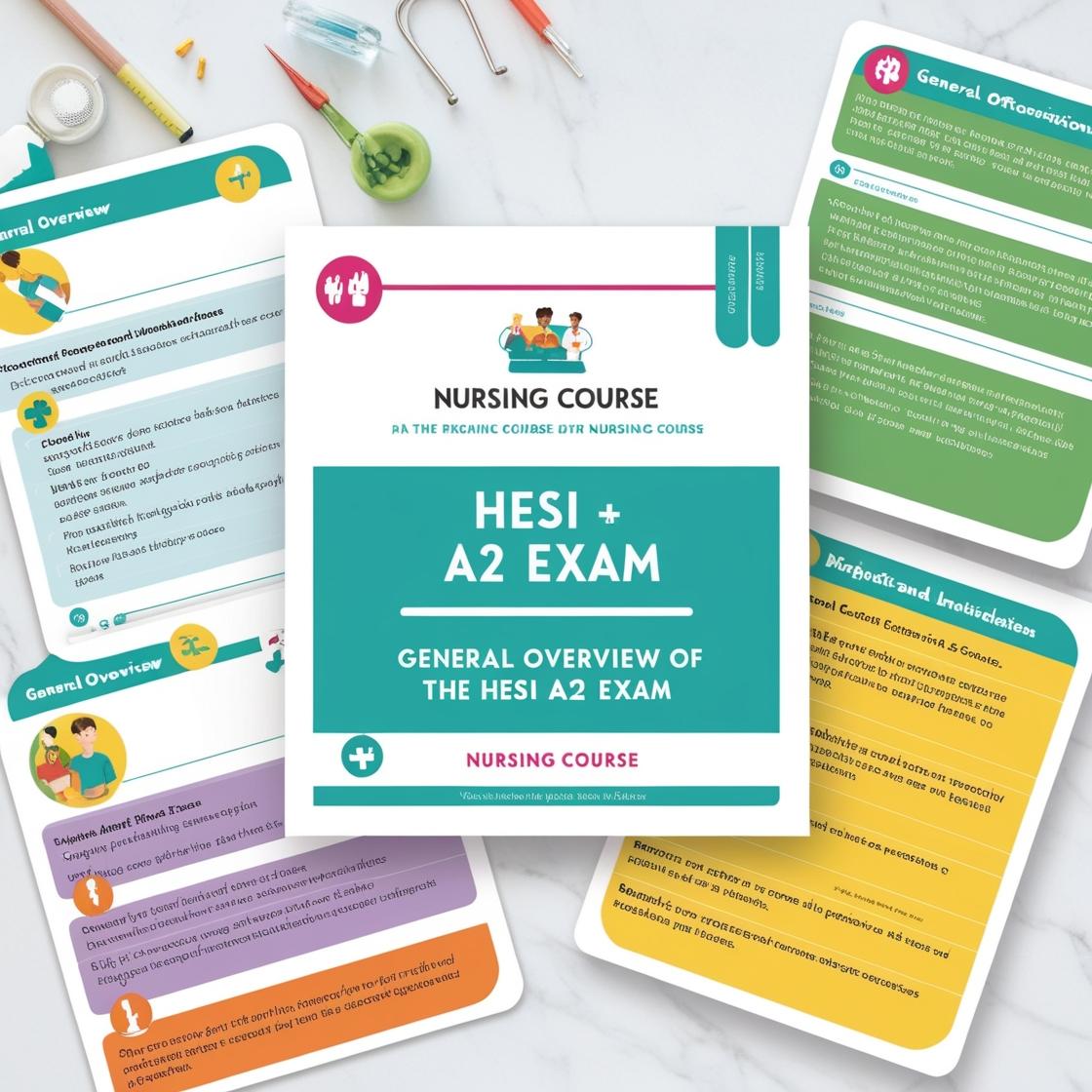HESI A2
Anatomy HESI A2 Practice Test
1. Which part of the brain is responsible for regulating breathing and heart rate?
- A. Cerebrum
- B. Medulla oblongata
- C. Cerebellum
- D. Hypothalamus
Correct answer: B
Rationale: The correct answer is the Medulla oblongata. This structure, located in the brainstem, plays a crucial role in regulating essential functions such as breathing, heart rate, and blood pressure. It serves as a control center for autonomic functions necessary for maintaining life. The Cerebrum (Choice A) is mainly responsible for higher brain functions such as thinking and voluntary movements, not for regulating basic physiological processes like breathing and heart rate. The Cerebellum (Choice C) is involved in coordination, balance, and muscle control, but not in regulating breathing and heart rate. The Hypothalamus (Choice D) plays a role in regulating body temperature, hunger, and thirst, but it is not primarily responsible for controlling breathing and heart rate.
2. What is the function of the urinary bladder?
- A. To filter waste from the blood
- B. To store urine
- C. To regulate fluid balance
- D. To remove waste from the body
Correct answer: B
Rationale: The correct answer is B: To store urine. The urinary bladder's primary function is to store urine produced by the kidneys until it is ready to be excreted from the body. It acts as a reservoir that temporarily holds urine until an appropriate time for elimination. Choices A, C, and D are incorrect because the urinary bladder does not filter waste from the blood, regulate fluid balance, or directly remove waste from the body. These functions are primarily carried out by the kidneys and other organs in the excretory system.
3. Which of the following statements best describes endocrine glands?
- A. They secrete chemicals into the blood
- B. They secrete enzymes into ducts
- C. They produce sweat
- D. They produce saliva
Correct answer: A
Rationale: Endocrine glands are ductless glands that release hormones directly into the bloodstream. These hormones are then carried to target organs and tissues throughout the body, where they regulate various physiological functions. The statement 'They secrete chemicals into the blood' accurately describes the function of endocrine glands. Choices B, C, and D are incorrect because endocrine glands do not secrete enzymes into ducts, produce sweat, or produce saliva. These functions are typically associated with exocrine glands, sweat glands, and salivary glands, respectively.
4. What is the function of hemoglobin in red blood cells?
- A. To fight infections
- B. To transport oxygen
- C. To carry carbon dioxide
- D. To store oxygen
Correct answer: B
Rationale: The correct answer is B: 'To transport oxygen.' Hemoglobin in red blood cells plays a crucial role in transporting oxygen. It binds to oxygen in the lungs and carries it to the body's tissues and organs for cellular respiration. Choices A, C, and D are incorrect because hemoglobin's primary function is to bind and transport oxygen, not to fight infections, carry carbon dioxide, or store oxygen.
5. What is the role of platelets in the blood?
- A. To transport oxygen
- B. To fight infections
- C. To clot blood
- D. To carry nutrients
Correct answer: C
Rationale: Platelets, also known as thrombocytes, play a crucial role in blood clotting. When there is an injury, platelets adhere to the site and release substances that form a clot, preventing excessive bleeding. This function is vital for maintaining hemostasis and preventing blood loss. Choice A is incorrect because red blood cells, not platelets, are responsible for transporting oxygen. Choice B is incorrect as white blood cells are primarily responsible for fighting infections. Choice D is incorrect as nutrients are mainly transported by plasma and red blood cells, not platelets.
Similar Questions

Access More Features
HESI A2 Basic
$99/ 30 days
- 3,000 Questions with answers
- 30 days access @ $99
HESI A2 Premium
$149.99/ 90 days
- Actual HESI A 2 Questions
- 3,000 questions with answers
- 90 days access @ $149.99
